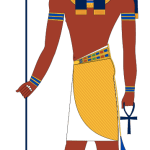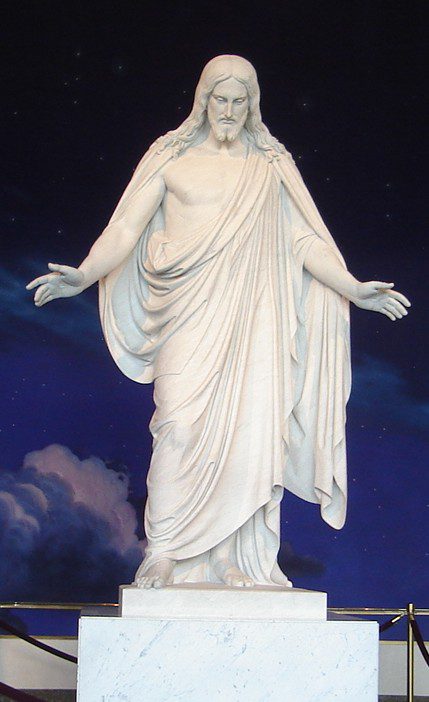
(Wikimedia Commons public domain image)
I noticed this Public Square Magazine article online the other day and found it interesting. And then found, to my surprise, that I myself was mentioned in it: “Tapped Out: Criticism an Unsustainable Fountain for Faith: The fact that accusation clouds religious epistemology is a lesson we can all learn from a debacle on a popular YouTube channel.”
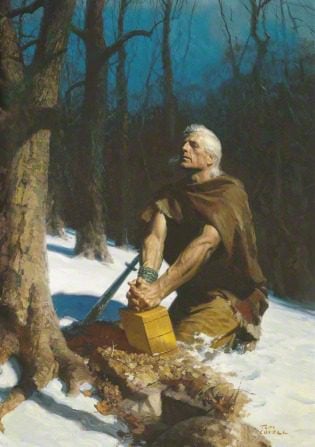
(Tom Lovell, LDS.org)
I have not seen this film, although I hope to watch it reasonably soon. So I’m not endorsing it. Obviously, I’m in no position to do so. But I want you to be aware of it, and I have a personal hope that, by supporting faith-based films, we’ll eventually create a viable market for such films that will provide fertile soil in which to plant ever-better Latter-day Saint cinema. Take a look at this: The Oath.
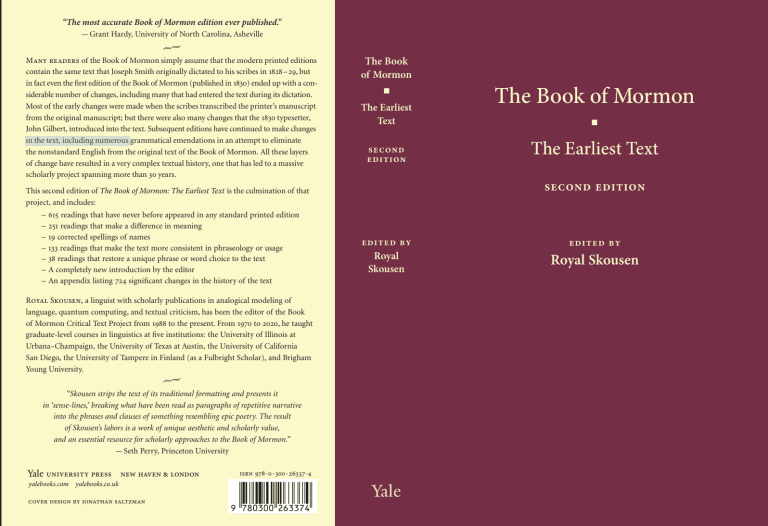
The other day, I recommended The Book of Mormon: The Earliest Text, published by Yale University Press, as a very good Christmas gift for your family, your friends, and even, yes, surreptitiously and stealthily, for yourself. In case you don’t already own it or, perhaps, haven’t even seen it, I’m sharing with you a note that was circulated shortly after the second edition was released in May 2022. It will help you to understand and appreciate what the Yale edition uniquely offers:
Yale University Press has now published the second edition of The Book of Mormon: The Earliest Text, as a trade paperback, edited by Royal Skousen, with 10 May 2022 as the release date.
After five printings of the hardback edition (from 2009 up through 2020), Yale University Press has decided to issue this durable softbound edition, which has a somewhat smaller format (6 × 9 × 1 inches) than the first hardbound edition (7½ × 9½ × 2 inches).
The attached PDF shows the entire cover – front, back, and spine – for the new edition.
Opaque paper has been specially selected to help the reader see a clean page of text, without interference from the printing on the reverse side of the page. Yet the physical thickness of the book has been reduced by one half.
The format continues to use the sense-lines of the first edition. Instead of breaking up the text into two columns of verses (the current LDS text) or in a paragraph system (like the first edition in 1830), this format makes it so that each line of text ends naturally, where the text breaks, at the end of a phrase or clause. This is the only format that allows the reader to recover a sense of how Joseph Smith dictated the original text to his scribes in 1828-29: it would have been in sense-lines.
The actual scriptural text in this new edition remains the same as in the first Yale edition, in accord with the evidence of the earliest text from the two manuscripts and the 1830 edition, and occasionally from the two subsequent editions in 1837 and 1840. When compared against the most recent printing of the hardbound Yale edition (the fifth printing, dating from 2020), there are only a few changes in punctuation, capitalization, and sense-line breaks.
The appendix now contains 724 textual variants, five more than in the appendix to the first edition. One interesting improvement is that the title page now begins with a significant change in the punctuation and a shift in the sense-lines, so that we now read that the Book of Mormon is “an account written by the hand of Mormon upon plates” and that this account was “taken from the plates of Nephi”.
The most striking difference in the new edition, besides its sturdy softbound cover and a somewhat smaller format, is that the new edition has a completely new introduction, written by the editor, Royal Skousen, specifically for this second edition. In this introduction, Skousen explains how the Yale edition derives from the Critical Text Project of the Book of Mormon, which Skousen has headed from 1988 to the present. The text itself was not keyed in, but was systematically generated from the computerized collation that was originally produced in the late 1990s. The Yale edition of the Book of Mormon takes advantage of all the important findings of the Critical Text Project, including the following:
615 readings that have never before appeared in any standard printed edition
251 readings that make a difference in meaning
19 corrected spellings of names
133 readings that make the text more consistent in phraseology or usage
38 readings that restore a unique phrase or word choice to the text
The easiest source for purchasing the second edition is found on Amazon.com under “royal skousen earliest text of the book of mormon”, which brings up the right page on Amazon.com:
https://www.amazon.com/Book-Mormon-Earliest-Text/dp/0300263376/
Some of the explanatory material describes the first Yale edition. And the 106 reviews of the Yale edition are all based on the first edition, as we would expect.
But especially note: the Kindle version being offered here on this webpage is not the new edition, but the second printing in 2010 of the hardbound version, dating from 2009, and now textually inaccurate in a number of places. We hope to get Yale to make a Kindle version of the new edition as soon as possible.
It should also be emphasized that this paperback version is not simply a reprint of the original hardback edition. It is a second edition, with a completely new introduction that more directly ties the Yale text to the Book of Mormon Critical Text Project. Usually a publisher issues a paperback as a reprint of its original hardback publication. That is definitely not the case here, with over 12 years having elapsed since the publication of the original first edition in 2009.
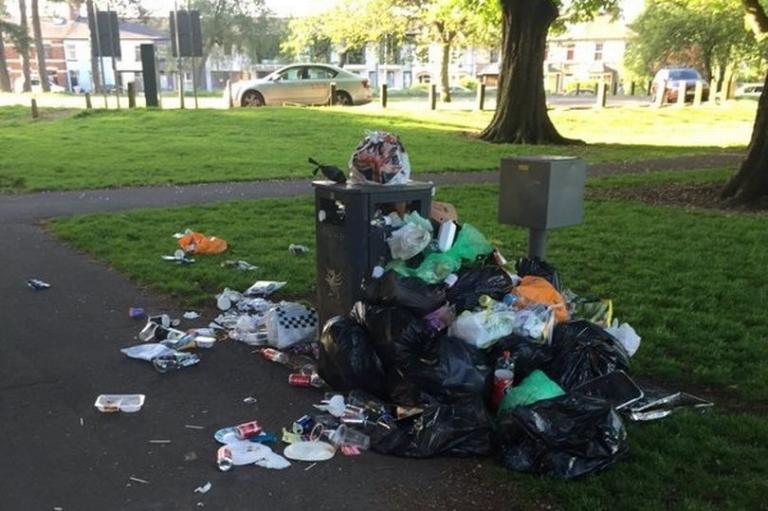
In closing, I share with you two appalling horrors that I’ve selflessly retrieved to fire your delicious indignation. They come, of course, from the Christopher Hitchens Memorial “How Religion Poisons Everything” File™:


